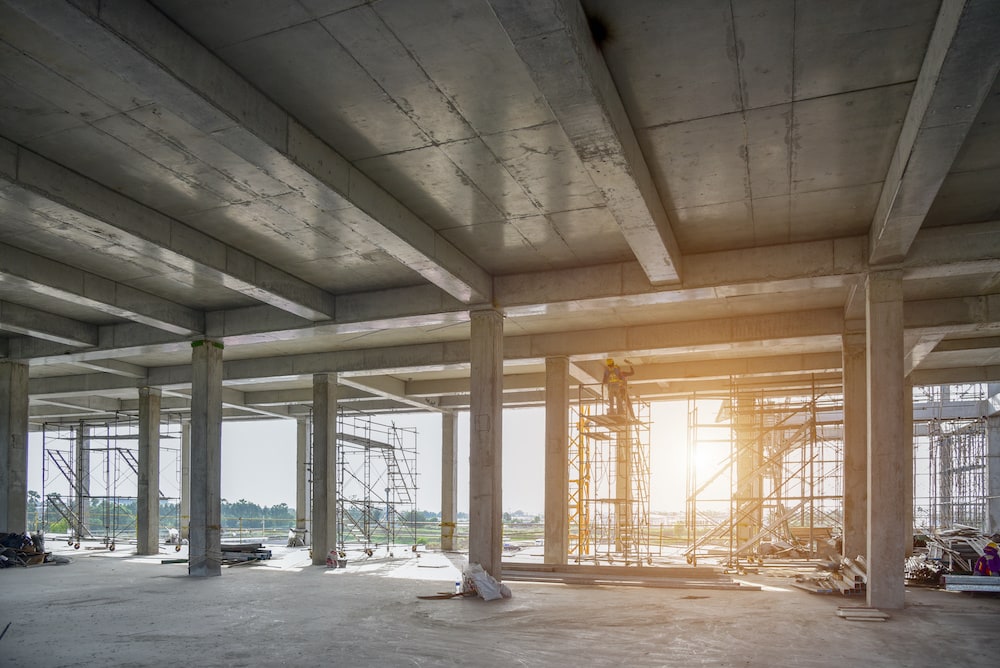2023.09.06
Sustainability
Types of Admixtures that Promote the Sustainability of Concrete

In our last blog post, we explored the ways concrete admixtures — including those based on our polycarboxylate ether polymers — promote more environmentally friendly concrete production. From supporting the use of less water, to reducing the amount of required clinker, concrete admixtures are a promising chemical technology to support a more sustainable future.
Now, let’s explore some of the types of admixtures available, along with their features and benefits:
Water-reducing admixtures. These chemicals efficiently disperse concrete mixtures and support a reduction in water demand by 5 to 10%. You can find these admixtures in many concrete applications to improve the workability of the material.
Superplasticisers. These admixtures can reduce concrete’s water content by 12 to 30% and are useful for making high-slump flowing concrete.
Accelerating and retarding admixtures. Accelerating admixtures — which are especially useful in helping concrete perform in cold temperatures — reduce the time required for proper curing and protection. On the other hand, retarding admixtures slow the setting rate of concrete and can counteract the accelerating effects of hot temperatures on concrete setting.
Corrosion-inhibiting admixtures. These admixtures can slow the corrosion of reinforcing steel in concrete. They also play an important role in concrete structures and infrastructure subjected to chloride.
Our Admixtures For Building and Construction
At NAII, we developed our AQUALOC™ product family of polycarboxylate ether polymers that form the basis of many concrete admixtures. These polymers offer excellent dispersion and function as water reducers in concrete. In addition, AQUAGUARD™ reduces drying shrinkage in concrete and mortar, preventing cracking and spalling. Its proprietary technology uses a water retention effect to inhibit water evaporation from the capillaries in concrete. Combining AQUAGUARD with a high-range water reducer can significantly improve the lifespan of concrete structures while saving up to 4.05 million tons of CO2 in one year.
To learn more about our sustainability initiatives, check out our website.
Newsletter Sign-Up
Sign up for our e-newsletter and learn more about what we do at NAII Page Top
Page Top  Back to List
Back to List